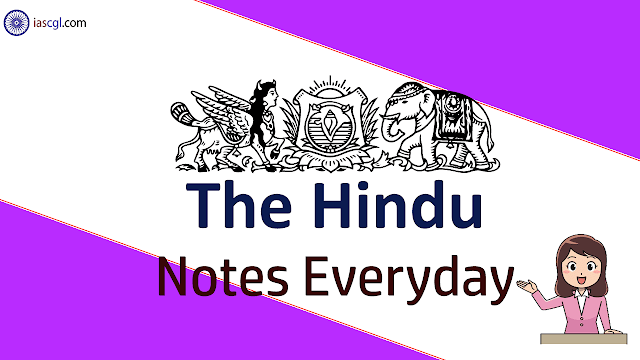Read The Hindu Notes of 29th January 2019 for UPSC Civil Service Examination, State Civil Service Examination and other competitive Examination

- A chessboard called Uttar Pradesh
- Capable even if disabled
- Shot in the arm
- Effortless brilliance
- Think differently about healthcare
- Learning to probe early
- What reporters and rockets share in common
- Investment over subsidies
A chessboard called Uttar Pradesh
It’s do or die for all three in U.P. — the BJP and its resurgent rivals, the SP-BSP combine and the Congress
A fusion and shift
State’s poll arithmetic
A deeper reading
Capable even if disabled
An institutional display of pure and simple discrimination dressed up as legal reasoning is unacceptable
Examples of success
Reasonable accommodations
Shot in the arm
The Supreme Court’s ruling eases the implementation of the IBC in knotty cases
Effortless brilliance
Djokovic beats an error-prone Nadal for a record-breaking seventh Australian Open title
Think differently about healthcare
India’s public health system can no longer function within the shadows of its health services system
A different curriculum
Problem of health literacy
A council for public health
Learning to probe early
Why research should be made part of UG curriculum in India
The importance of research
Some strategic steps

0Comments